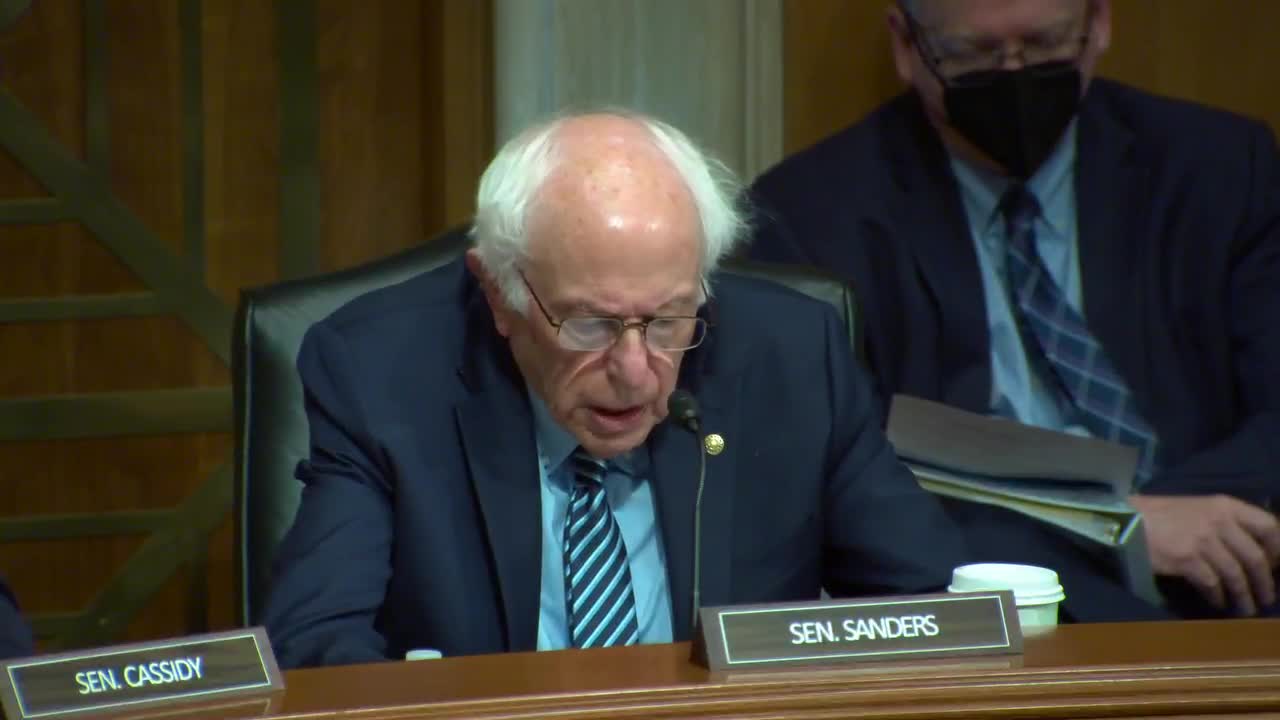Teachers in crisis as burnout and low pay drive exodus
June 20, 2024 | Health, Education, Labor, and Pensions: Senate Committee, Standing Committees - House & Senate, Congressional Hearings Compilation

This article was created by AI summarizing key points discussed. AI makes mistakes, so for full details and context, please refer to the video of the full meeting. Please report any errors so we can fix them. Report an error »

In a recent government meeting, discussions highlighted the alarming state of public school teachers in the United States, emphasizing their struggles with low pay, high turnover rates, and inadequate support. For decades, teachers have faced increasing workloads and a lack of appreciation, leading to significant mental health challenges, including anxiety and burnout—issues that worsened during the COVID-19 pandemic.
Statistics reveal that nearly 8% of teachers leave the profession annually, a rate that is double that of countries like Canada. Currently, around 300,000 teaching positions remain vacant or are filled by underqualified individuals, with turnover rates in high-poverty districts being 50% higher than in wealthier areas. This trend is particularly concerning as it disproportionately affects schools that serve the most vulnerable students.
The meeting underscored that 44% of public school teachers quit within five years of starting their careers, primarily due to extremely low salaries. The average starting salary for teachers in the U.S. is less than $45,000, with nearly 40% of school districts offering less than $40,000. Alarmingly, many teachers earn less today than they did nearly three decades ago when adjusted for inflation. In fact, in 36 states, teachers with families qualify for food assistance and other government benefits.
The financial strain on teachers is compounded by the necessity for many to hold multiple jobs to make ends meet, with nearly 20% working two or three jobs during the school year. Furthermore, about 80% of teachers report spending their own money on classroom supplies, which can amount to 13% of their first monthly paycheck.
The meeting concluded with a stark comparison, noting that last year, four hedge fund managers on Wall Street earned more than the combined salaries of 120,000 kindergarten teachers. This disparity raises critical questions about national priorities regarding education and the treatment of those who dedicate their lives to teaching. The call for better compensation and support for teachers is more urgent than ever, as the current situation reflects a troubling trend in the value placed on education in America.
Statistics reveal that nearly 8% of teachers leave the profession annually, a rate that is double that of countries like Canada. Currently, around 300,000 teaching positions remain vacant or are filled by underqualified individuals, with turnover rates in high-poverty districts being 50% higher than in wealthier areas. This trend is particularly concerning as it disproportionately affects schools that serve the most vulnerable students.
The meeting underscored that 44% of public school teachers quit within five years of starting their careers, primarily due to extremely low salaries. The average starting salary for teachers in the U.S. is less than $45,000, with nearly 40% of school districts offering less than $40,000. Alarmingly, many teachers earn less today than they did nearly three decades ago when adjusted for inflation. In fact, in 36 states, teachers with families qualify for food assistance and other government benefits.
The financial strain on teachers is compounded by the necessity for many to hold multiple jobs to make ends meet, with nearly 20% working two or three jobs during the school year. Furthermore, about 80% of teachers report spending their own money on classroom supplies, which can amount to 13% of their first monthly paycheck.
The meeting concluded with a stark comparison, noting that last year, four hedge fund managers on Wall Street earned more than the combined salaries of 120,000 kindergarten teachers. This disparity raises critical questions about national priorities regarding education and the treatment of those who dedicate their lives to teaching. The call for better compensation and support for teachers is more urgent than ever, as the current situation reflects a troubling trend in the value placed on education in America.
View full meeting
This article is based on a recent meeting—watch the full video and explore the complete transcript for deeper insights into the discussion.
View full meeting